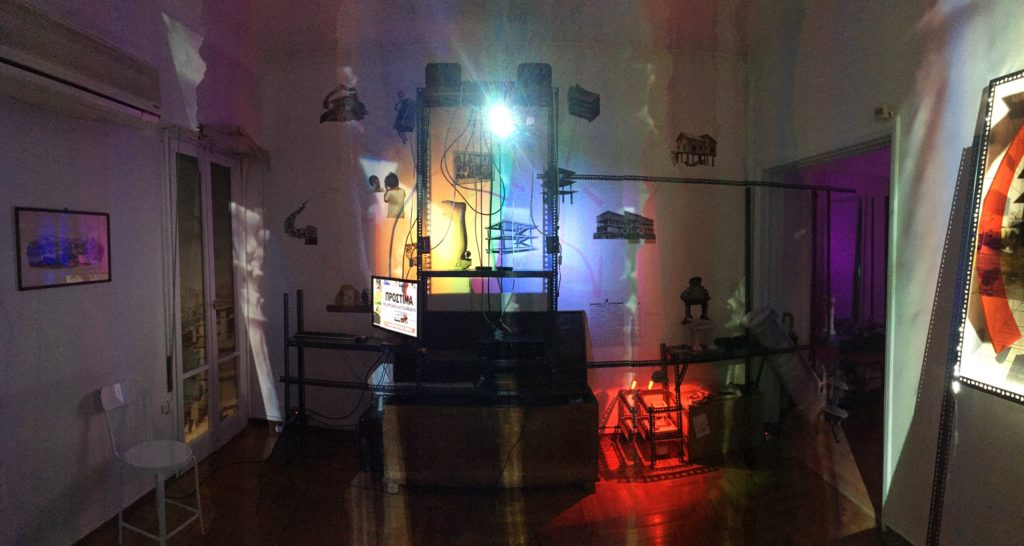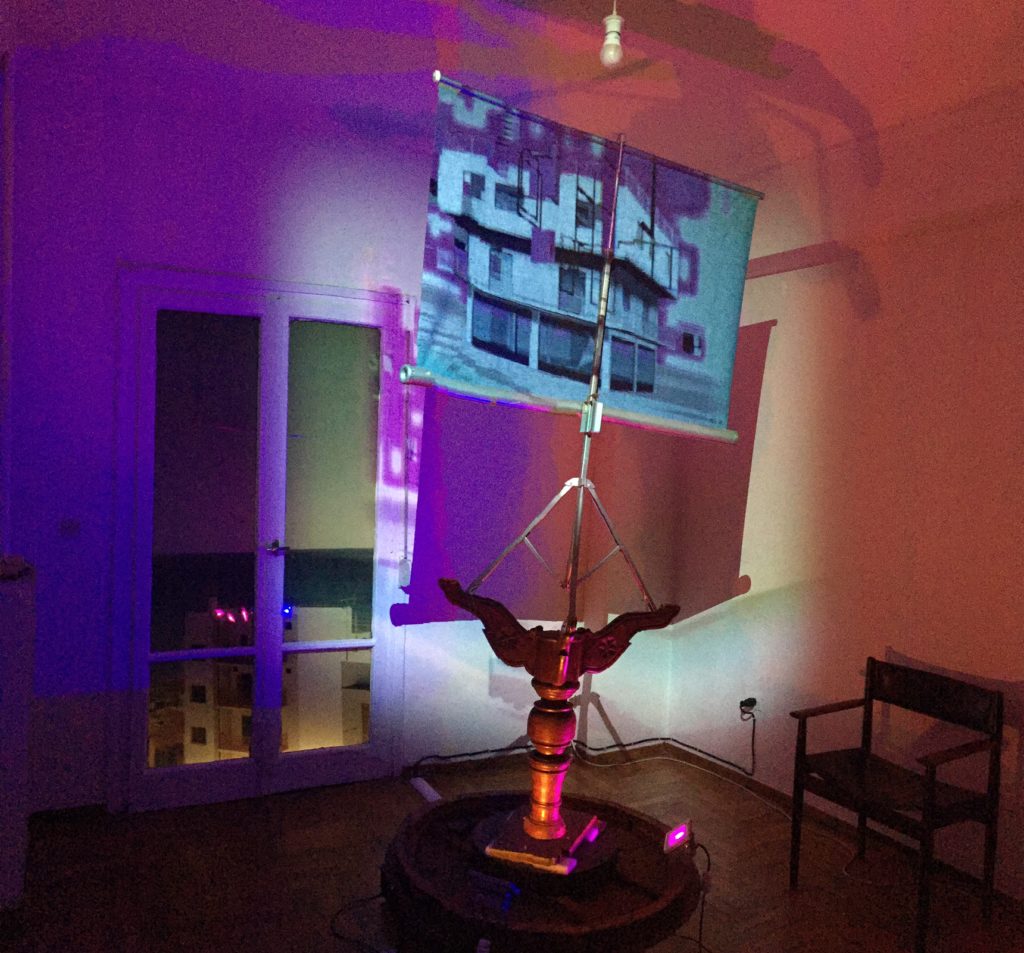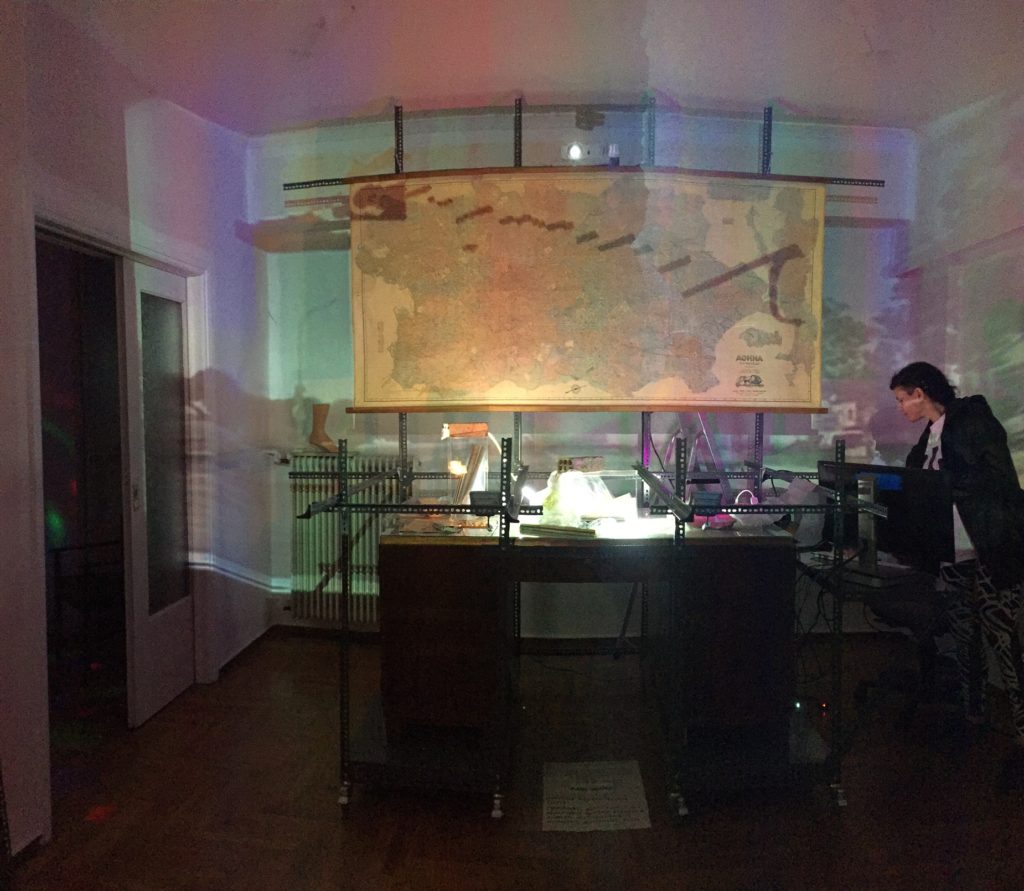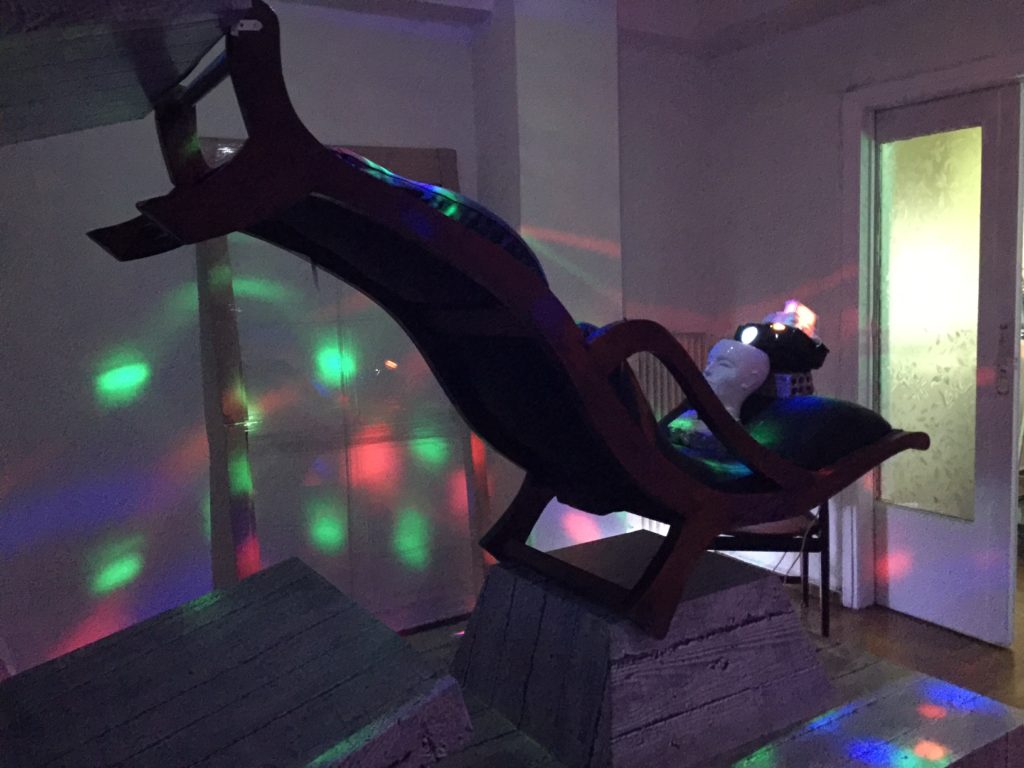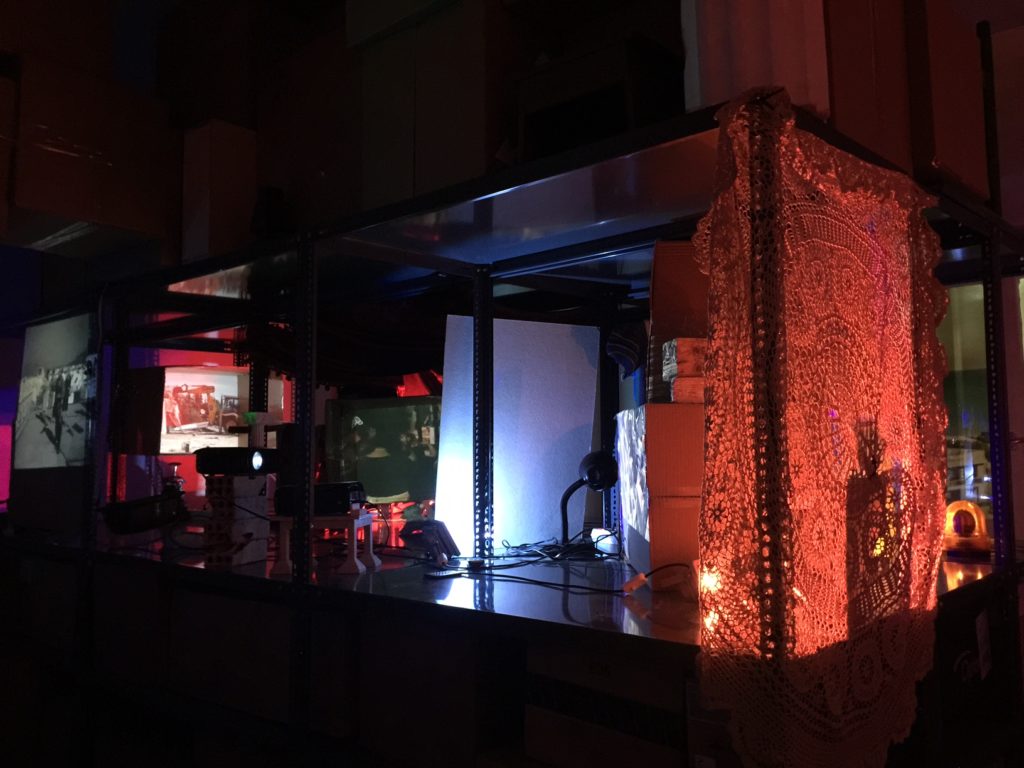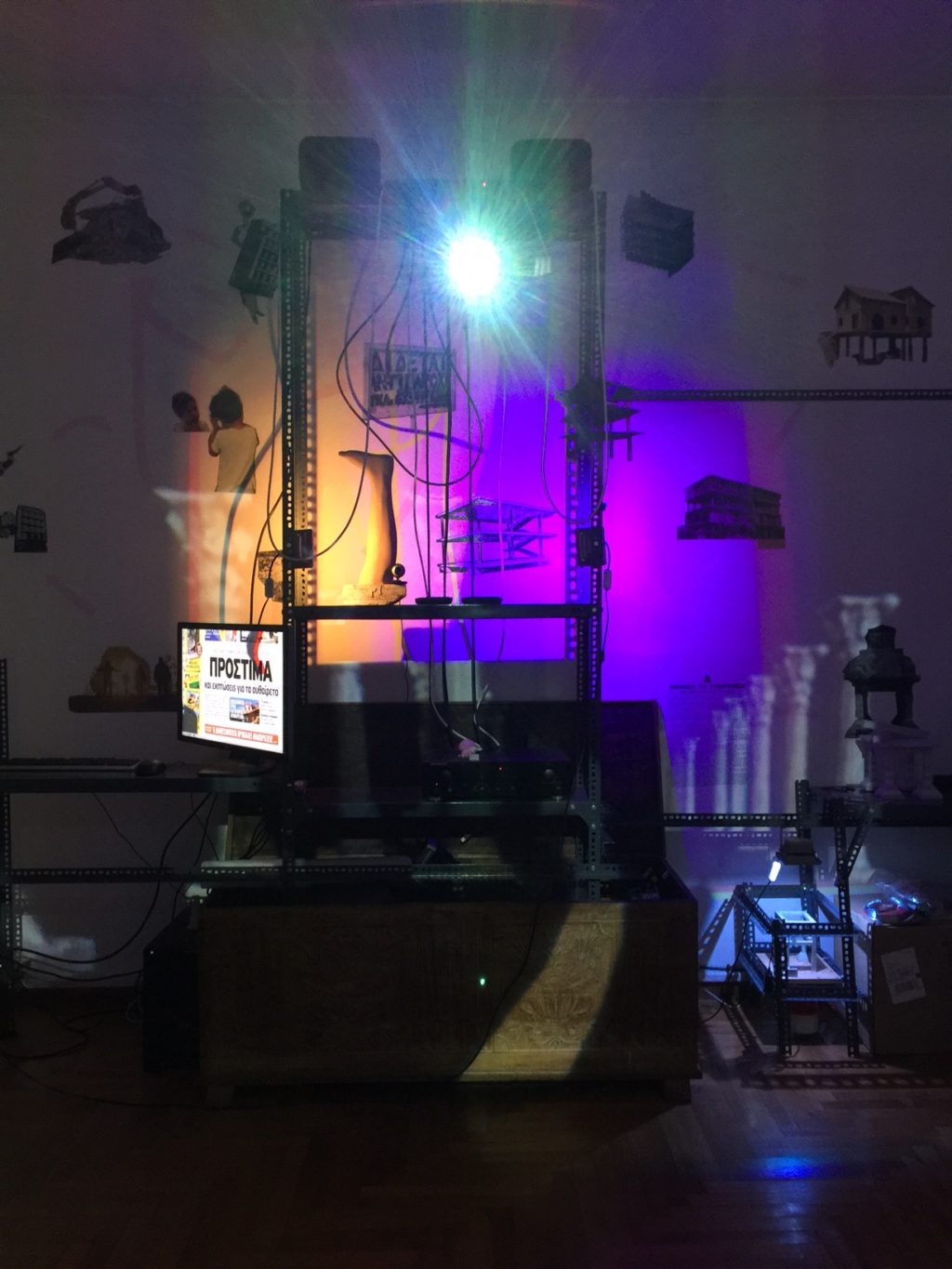Andreas Angelidakis
Documenta 14
April 8, 2017–July 16, 2017Athens
Andreas Angelidakis tries to make sense of where we are and how we got here. His work emerges from the experience of being in place: in Greece, in climate change, in architecture, in psychoanalysis, in the internet, in a body. Angelidakis, who was born in Athens in 1968, addresses the question of site specificity at a time when to be in one place is to be already in several others. His short film Vessel (2016) describes the ancient cynic Diogenes as “like an ancient internet user” who defies allegiance to just one place. In the multimedia projectDomesticated Mountain (2012), the artist posits suburbia as the accumulation of things we’ve done online, while in Walking Building (2006) an itinerant museum wanders around Athens, responding to the structure of artistic production post-internet.
To be in place is to be in time, haunted at once by the past and by the future, by the present and its effects. It is to find oneself in a world under construction by builders we cannot see. Angelidakis states in Vessel that, if you look at Europe today, “it looks like the information Greece exported, registered in the form of buildings.” Ideas about places affect places—but ideas are inherited. He reads contemporary Athens through the nineteenth
century, the internet through ancient Greece. Angelidakis thinks the future in retrospect and imagines the present as a ruin. But “a ruin is a building in transition. All buildings are in transition.” So he places scaffolding at the entrance to his retrospective at the National Museum of Contemporary Art in Athens in 2014; he 3-D prints ruins made of bones.
An architect who no longer builds, Angelidakis says that he quit the profession to focus on architecture itself. Because of this he can defy its prohibitions. He lets the personal invade his work; he fosters ambivalence and uncertainty. “Maybe,” he says, “we just don’t need any more new buildings. Maybe reconfiguring existing ones is enough.” Angelidakis compares Diogenes living in a jar with his dog to circumstances today, where “we all sleep in our screens next to our dogs.” Did living in the jar make Diogenes who he was, or did his house turn into a vessel in reaction to who he was? Angelidakis has “always treated buildings and objects as characters, emotional beings,” he says. “As much as we design buildings, buildings and spaces design us.”
—Nicholas Korody
